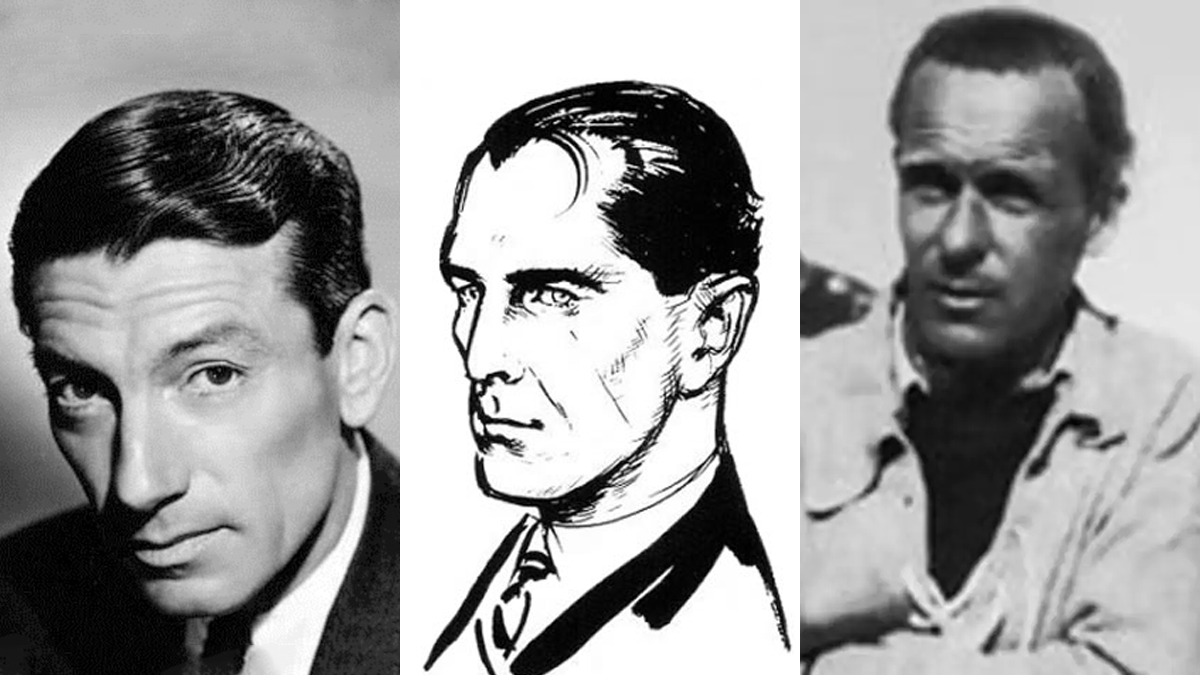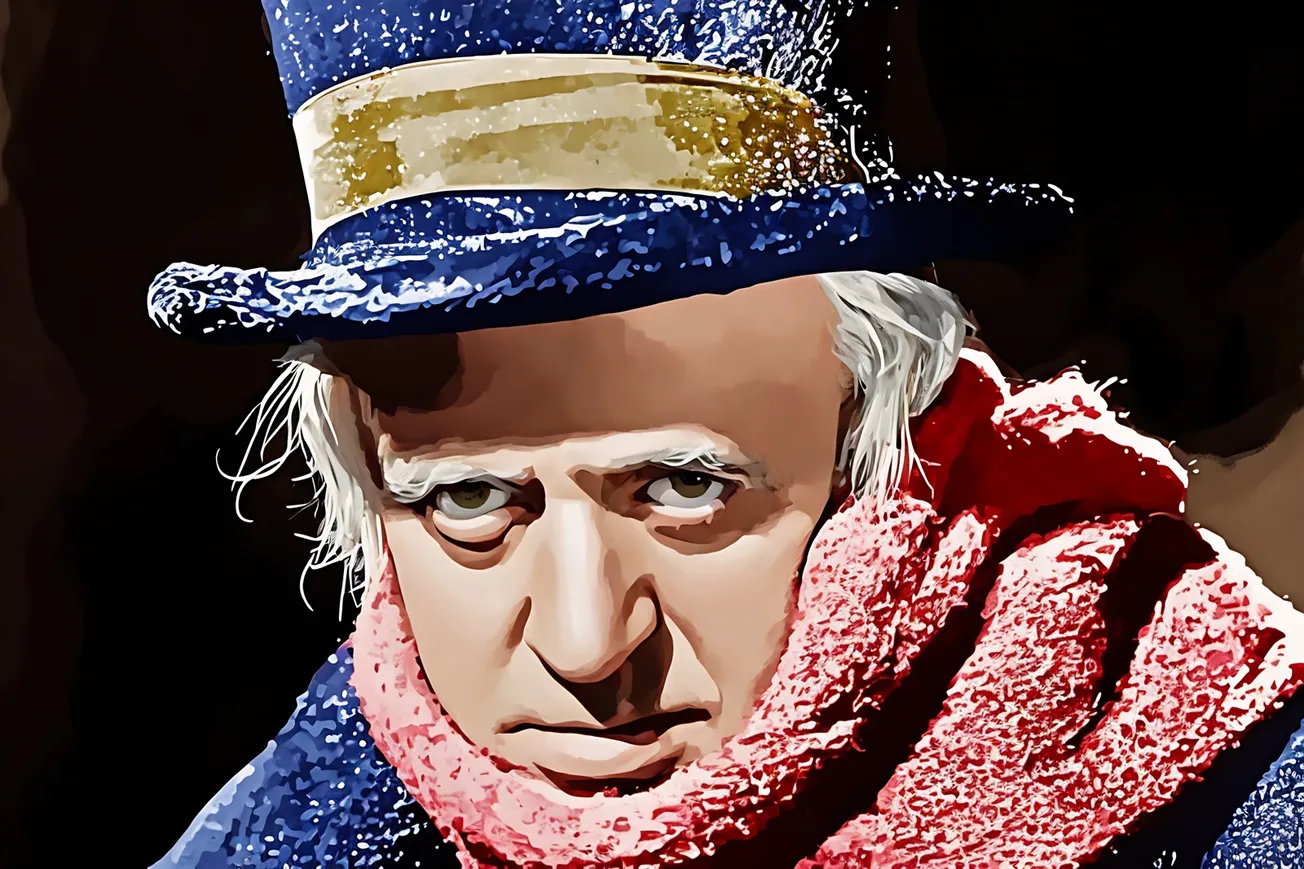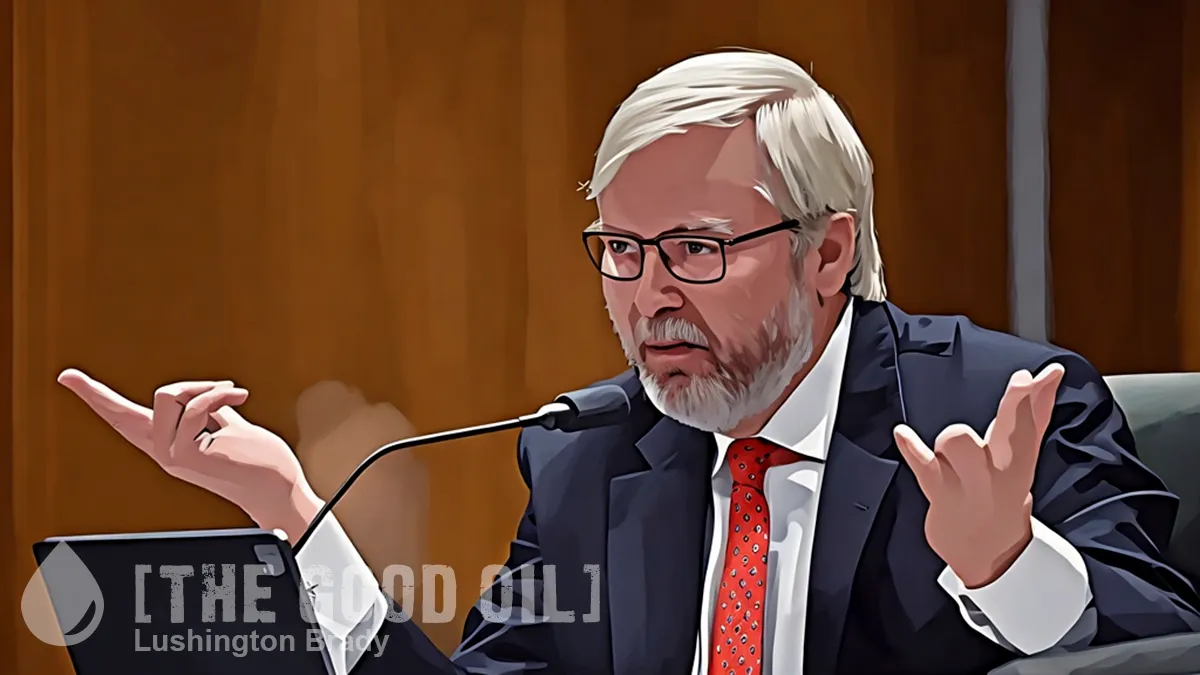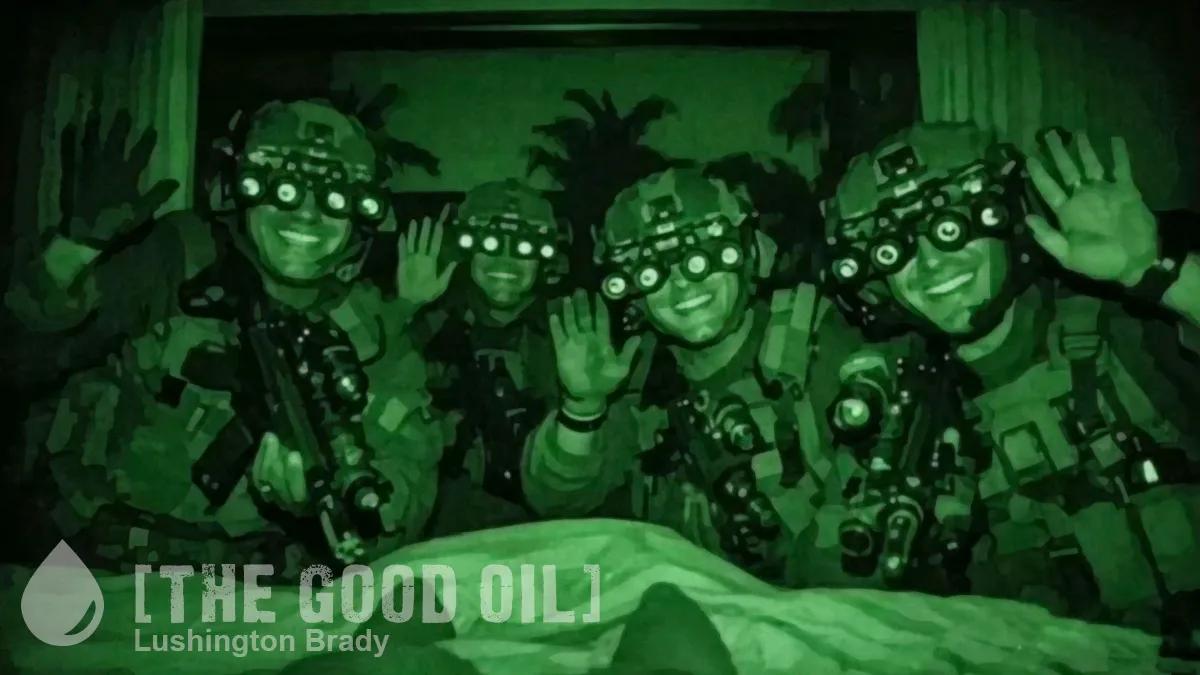Table of Contents
Like many famous fictional characters, the identity of the “real” James Bond has long been the subject of much speculation.
After all, writers commonly use real people, often of their acquaintance, to forge fictional characters. Arthur Conan Doyle based Sherlock Holmes in large part on pioneering forensic scientist Joseph Bell. Harper Lee based Dill Harris on childhood friend Truman Capote. J K Rowling based Professor Snape on her old chemistry teacher.
Wisely, perhaps, Ian Fleming refused to be specifically drawn on the inspiration for James Bond. Helped along by Fleming’s own hints, some have speculated that Bond was a fictionalisation of Fleming himself, a naval intelligence officer in WWII. But, in reality, and much to his own frustration, Fleming spent most of the war behind a desk. As Fleming himself conceded, “I couldn’t possibly be James Bond. He’s got more guts than I have.”
Elsewhere, Fleming stated that Bond was an amalgam, “a compound of all the secret agents and commando-types I met during the war”. Some 15 people have been identified as contributing to the Bond character.
One of the strongest contenders is Patrick Dalzel-Job, a commando who helped to save 5000 Norwegians from Nazi retaliation. Another is Wilfred “Biffy” Dunderdale, the suave MI6 head of station in Paris, who drove an armour-plated Rolls-Royce and favoured handmade suits and Cartier cufflinks. Other possibilities include the MI6 agent Robert Bruce Lockhart, who plotted Lenin’s assassination, the SOE agent Forest Yeo-Thomas codenamed “White Rabbit”, and even Peter Fleming, the author’s brother, an experienced intelligence officer.
But elsewhere, Fleming drew directly from real people. “M” was based on Admiral John Godfrey, Director of Naval Intelligence from 1939 to 1942. Godfrey himself grumbled that Fleming “turned me into that unsavoury character, M”. Auric Goldfinger was another dig: this time at Modernist architect Erno Goldfinger, whose buildings Fleming despised. Francisco Scaramanga, the villain of The Man with the Golden Gun, was after George Scaramanga, an Eton schoolmate with whom Fleming had fallen out.
But there is only one person of Fleming’s acquaintance who fully fits the Bond mould, and his name is virtually unknown to history: Conrad Fulke Thomond O’Brien-ffrench, champion skier, bon viveur and spy. Fleming met him in the Austrian ski resort of Kitzbuhel in the 1930s[…]
Like the fictional Bond, O’Brien-ffrench was educated at an English public school, orphaned young, immaculately dressed, multilingual, an excellent shot with a taste for fast cars, and almost insanely brave[…]
James Bond was expelled from Eton after an incident with one of the maids. O’Brien-ffrench ran away from school at 17 to join the Royal Canadian Mounted Police in the wilds of Saskatchewan.
The fictional 007 fought at Arnhem; O’Brien-ffrench fought at Mons in World War I, where he was severely wounded and captured. After repeated escape attempts, he was transferred to the escape-proof camp at Augustabad. From there, he began to exchange letters with a friend, Cathleen Mann, secretary to Stewart Menzies, a counter-intelligence officer who would go on to head MI6 — the letters contained information, written in secret ink, about German troop movements and military technology, gleaned from other PoWs.
On his release in 1918, he was recruited into the newly formed MI6 under Mansfield Smith-Cumming, the original “C”[…]By the 1930s he was living in Kitzbuhel, posing as the proprietor of Tyrolese Tours, a package holiday company. In reality, he was Agent Z3, part of MI6’s Z Organisation, running agents in Austria and Germany[…]The Z Agents, like the 00 Agents of Fleming’s imagination, were a subset of MI6, elite and deniable, with a licence to do whatever was necessary.
Like the Scarlet Pimpernel, Obrien-ffrench cultivated an outward appearance that helped cover his clandestine activities.
On holiday in Austria, Fleming was befriended by O’Brien-ffrench, and introduced to the glamorous social whirl of Kitzbuhel. “To all outer appearances, I was a playboy,” O’Brien-ffrench wrote. Fleming “came for the lavish parties we threw and more particularly for the beautiful women that always attended”[…]
Fleming was deeply impressed by O’Brien-ffrench’s effortless style, athletic prowess and secret life, a man who could ski backwards, knew how to mix a martini and shoot, while secretly spying for Britain, reporting on German military preparations for war. In March 1938, O’Brien-ffrench received a warning from one of his agents that German troops were advancing on the Austrian border. He alerted London by telephone (knowing this would blow his cover), warned a number of Austrian Jews to get out before the Nazis arrived, and escaped through Switzerland with the SS in pursuit.
O’Brien-ffrench retired to Colorado to breed horses and paint. Tellingly, he said that he’d never read a Bond novel because, “After all, I’ve done it — the real thing”.
One final piece of evidence: the Bond novels repeatedly note Bond’s likeness to jazz composer Hoagy Carmichael. Comparing a photo of O’Brien-ffrench, a drawing of Bond specially commissioned by Fleming and photos of Carmichael, the similarity is undeniable.

If you enjoyed this article please consider sharing it with your friends.









